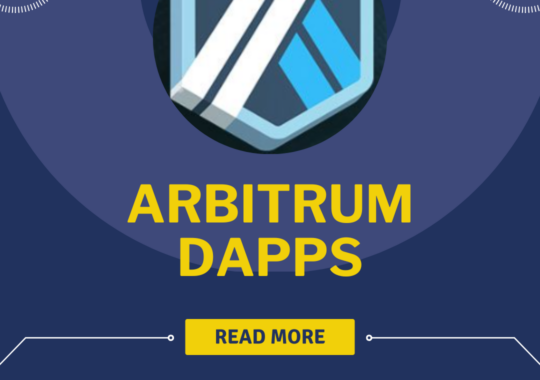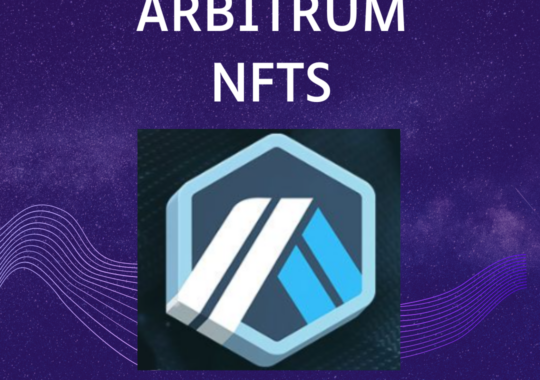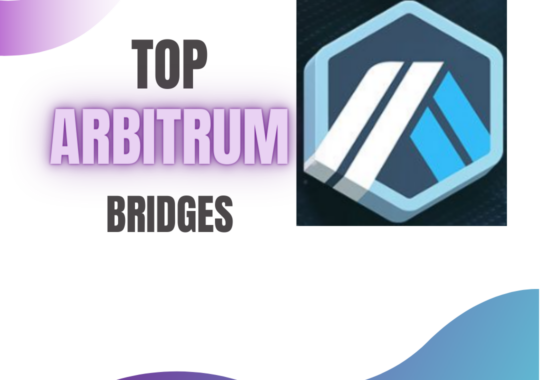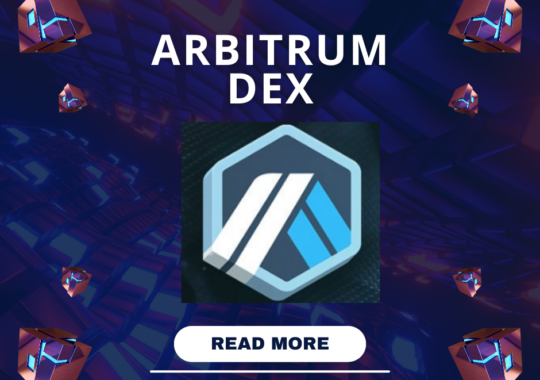Uniswap, a pioneering force in the decentralized finance (DeFi) arena, has consistently pushed the boundaries of innovation since its inception. With its groundbreaking automated market-making (AMM) mechanism and liquidity provision system, Uniswap has redefined how users engage in token trading. However, its impact is not confined solely to the Ethereum mainnet; it extends to other ecosystems, notably the Base ecosystem.

Understanding Base
Base represents a significant development in the Ethereum Layer 2 landscape, spearheaded by Coinbase. Serving as a foundation for Coinbase’s on-chain products, Base also operates as an open ecosystem where developers can build decentralized applications. Utilizing ETH as the primary payment method for network fees, transactions within the Base network are transparent and traceable through BaseScan.
Uniswap’s Presence on Base
In a groundbreaking move, Uniswap V3 has been seamlessly integrated into Coinbase’s Layer 2 network, Base. This integration heralds a new era, allowing users to execute token swaps seamlessly on the Layer 2 network. Within just one day of its launch, Uniswap on Base recorded over 10,000 transactions, underscoring the demand for efficient and cost-effective DeFi solutions.
The UNI Token
- Current price of UNI token: $7.60 USD
- 24-hour trading volume: $104,668,485 USD
The UNI token plays a pivotal role within the Uniswap ecosystem, serving multiple functions:
- Governance: UNI tokens provide holders with the ability to participate in the governance of the Uniswap Protocol. Through voting and proposing changes, token holders collectively steer the direction of the protocol, ensuring its continued evolution and improvement.
- Protocol Fees: Users engaging with Uniswap, such as swapping tokens or providing liquidity, incur fees. A portion of these fees is distributed to UNI token holders as a reward for their contribution to the network. Holding UNI tokens thus entitles individuals to a share of the fees generated by the protocol.
- Liquidity Mining: Uniswap periodically conducts liquidity mining programs, incentivizing users to stake UNI tokens alongside other assets to provide liquidity to specific pools. In return, participants receive additional UNI tokens as rewards. This mechanism incentivizes liquidity provision, which is vital for maintaining the protocol’s efficiency and stability.
- Access to Features: Certain features or services within the Uniswap ecosystem may require holding UNI tokens. For instance, access to governance proposals or grants may be restricted to UNI holders, emphasizing the token’s role in facilitating community involvement and decision-making.
In summary, UNI tokens empower users to engage in governance, earn rewards, and contribute to the vibrant decentralized finance ecosystem facilitated by Uniswap.
Swapping on Base with Uniswap
Executing token swaps with Uniswap V3 on Base mirrors the process on the Ethereum mainnet. Here’s a simplified guide:
- Open the Uniswap web app and connect your wallet.
- Select “Base” from the network drop-down menu.
- Choose the desired token for swapping from the token drop-down list.
With these simple steps, users can seamlessly engage in token trading on the Base network using Uniswap V3.
The Expansive Uniswap Ecosystem
Uniswap’s influence transcends its core protocol, fostering the growth of a diverse ecosystem comprising numerous DeFi applications, integrations, and tools. Some notable examples include:
- Coin98 Wallet: Offering a comprehensive DeFi solution.
- The Graph Protocol: Providing network queries and open APIs.
- Rainbow Wallet: A user-friendly and secure crypto wallet.
- Aave: Enabling users to earn interest through asset deposits and borrowing.
- MakerDAO: Facilitating decentralized credit facilities.
- Kyber: Serving as a decentralized exchange aggregator.
- PoolTogether: Introducing a protocol for no-loss prize games.
- Alpha Finance: Providing DeFi asset management tools.
This vibrant ecosystem continues to expand, attracting both seasoned enthusiasts and newcomers to the world of decentralized finance.
How to Buy UNI Tokens
Conclusion
Uniswap’s integration into the Base ecosystem signifies a monumental leap for DeFi on Layer 2 solutions. As the crypto landscape evolves, Uniswap remains at the forefront, empowering users to seamlessly participate in decentralized finance activities with unparalleled ease and efficiency.
Read more:
Exploring Base Ecosystem: Vanguard Projects
A Beginner’s Guide to Hummus Exchanges and the HUM token
Princy Agarwal, a postgraduate in English from Delhi University, writes content for Tricky Finance, where they simplify complex financial topics for readers. With a knack for clear communication, Princy’s work helps make finance understandable and accessible to all.




